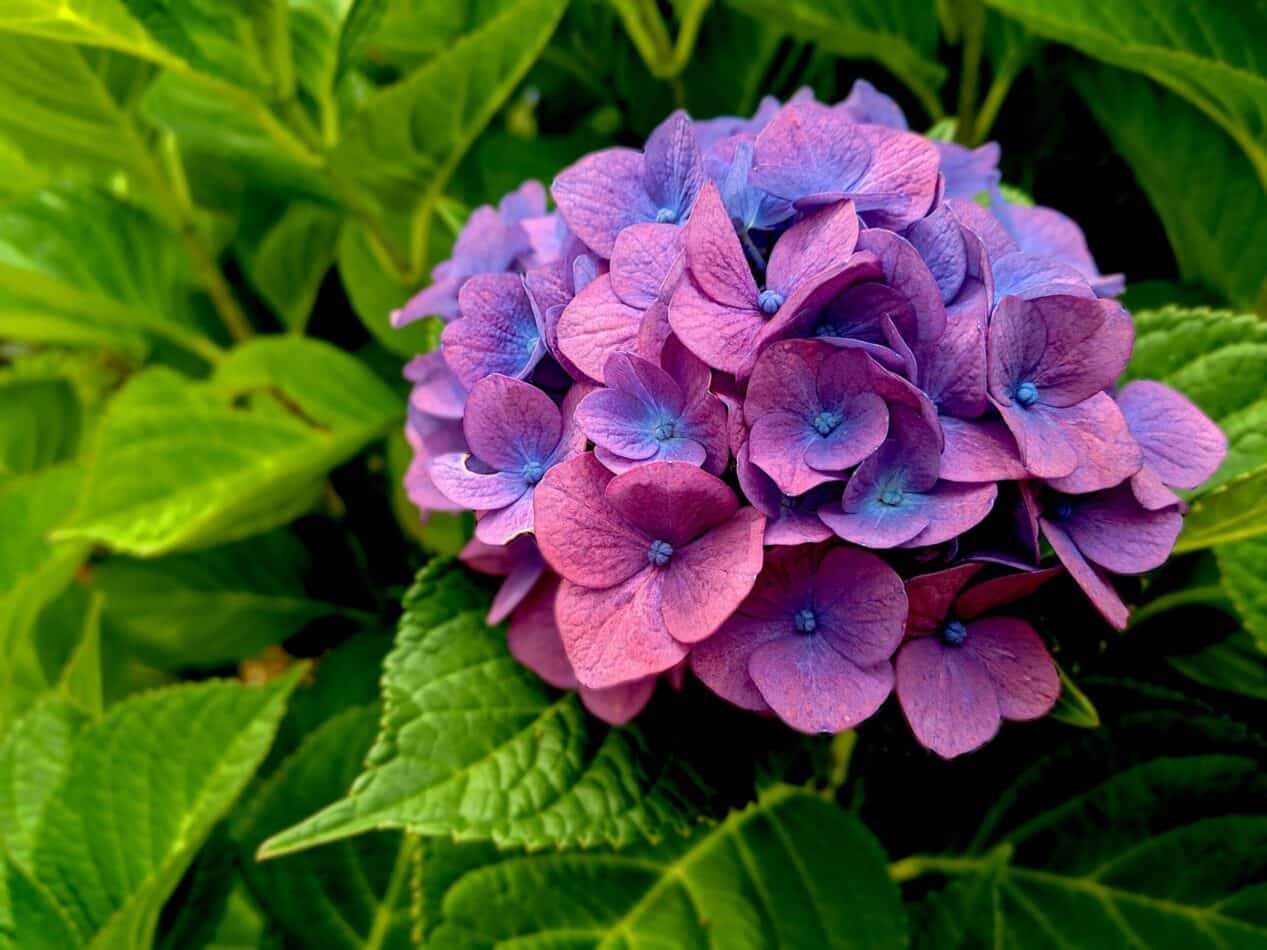The Maximilian Sunflower is a species of North American plants and was named for German Prince of Wied-Neuwied, a German Prince who visited the area during his travels. The flower is a bright and bold statement for any flower garden and can grow up to 10 feet tall and can have a production of long, hairy and stiff stems which carry vibrant yellow flowers. It’s a perennial flower and blooms from late summer until the fall and attracts many pollinators to its landscape.
How To Plant
To ensure that the Maximilian Sunflower thrives, it is best to understand their needs. First, the sunflower needs plenty of sunlight, at least 6 hours a day, and can also handle partial shade. In terms of soil, the flower prefers a well-drained and not heavily compacted soil. The soil PH should be slightly acidic, and the flower should be watered weekly and deeply to ensure they take hold and bloom properly. When planted in the garden, make sure to have a border around the stem to avoid it from taking over the rest of the garden.
Meaning and Symbolism
Historically, the Maximilian Sunflower had quite a few meanings and symbolisms. For example, in the old days it was believed to be a representation of the Greek God Helios, the God of Sun. It was also often associated with a power to protect humans from evil spirits, which is reflected in its Latin name “Helianthus Maximiliani” (sun favouring Maximillian). It has also been used to symbolize cheerfulness, loyalty, and longevity in many cultures.
History, Mythology and Religious Significance
Throughout the world, the Maximilian Sunflower has been held in different kinds of cultural and social reverence. Historically, in Japan, the flower was believed to bring good luck. In Chinese cultures, it is believed to bring a long life, health and abundance to the recipient. Furthermore, it has also be known in some cultures to represent faith and dedication as well as joy and happiness to those it has been offered. The flower has also been mentioned several times in mythology, one example being the Ancient Greek myth of Persephone and her journey to the underworld.
Flower Varieties and Their Defining Characteristics
Maximilian Sunflower is part of the family of Helianthus plants and it is considered a perennial flower. It is one of the many types of sunflowers and it stands out amongst the rest with its large yellow flower heads. Here are some of the defining features of this beautiful flower:
- Hairy, strong stems and stiff branches, often reaching up to 10 feet in height
- Bright yellow petals that measure from four to five inches across
- Long hairy, gray-brown ‘beaks’ which measure from 2 to 5 inches
- Rounded flower heads that measure 4 to 7 inches in diameter
- Thick green leaves that measure 4 to 12 inches long
How to Pot and Repot
When it comes to potting and repotting the Maximilian Sunflower, one must take into consideration a few key points. First and foremost, the flower pot should be big enough to give the plant enough room to spread its roots. Make sure the pot is properly drained and use fertile, moist soil. Allow the soil to dry out between waterings and give the flower enough access to sunlight and warmth.
When repotting, start by preparing the new pot which should be two to three inches larger than the current pot. Make sure to add some drainage material and several inches of soil. Gently remove the sunflower from the current pot and place it into the new pot. Fill in the new pot with fresh soil and do not keep the new soil too moist. Place the pot back in the spot where it had been before.
How to Prune
In order to keep the Maximilian Sunflower looking its best, pruning it is essential. Pruning helps to keep the height of the flower in check and to improve its blooms and general appearance. The best time to prune is during the late winter/early spring season, before the spring bloom begins.
Pruning can be done with a pair of sharp bypass pruners, and focus on removing the old spent blooms and dead leaves. Cut back the flower stems to the desired height and avoid cutting off the healthy foliage and flowers. Afterwards, give the flower a thorough watering and it will be good to go.
How to Propagate
Propagating Maximilian Sunflower is fairly easy and can be done in two different ways – by planting the seeds or taking cuttings from the existing plants. The best method for propagating seeds is to direct sow them in the ground. Choose a sunny spot
in your garden, prepare the soil and add in compost or fertilizer. Plant the seeds a few inches beneath the surface and keep the soil moist but not overly wet. The seeds should begin to germinate in 10 days to three weeks.
When it comes to propagating from cuttings, you will need a pair of sterile shears or scissors and a rooting hormone. Choose a healthy stem and cut it about 4 to 6 inches in length. Dip the cut end into the rooting hormone, shake off the excess and place the stem into a pot with moist potting soil. Make sure you keep the soil moist until the cuttings take root and then care for the new growths as you would with the original plant.
Common Pests and Diseases
Maximilian Sunflowers are fairly resistant to many common pests and diseases, however they are still susceptible to some problems. The most common pests that infest this plant include aphids, southwestern corn borer, mites, and cutworms. To prevent and treat pest infestations, it is a good idea to keep the garden free from debris and weeds and to water the soil rather than the plants. Spray the affected areas with a mixture of neem oil and water.
The disease most commonly associated with the Maximilian Sunflower is mildew. Mildew is a fungus which develops in humid and wet environments, and the best way to prevent it is to reduce the humidity around the plant. Spraying a mixture of baking soda and water could also help manage mildew growth.
Three Frequently Asked Questions About Helianthus maximiliani
- What Is The Optimal Growing Temperature For Helianthus maximiliani?
The best temperature for the growth of Maximilian Sunflower is 18-27°C (65-80°F). - How Often Should I Water The Maximilian Sunflower?
The Maximilian Sunflower should be watered deeply once a week, unless there is heavy rain. - What Is The Fertilizer Requirements For Maximilian Sunflower?
The Maximilian sunflower requires a balanced fertilizer with nitrogen, potassium, and phosphorus.
Table Fact Sheet
| Flower Name | Helianthus Maximiliani |
|---|---|
| Family | Asteraceae |
| Plant Type | Perennial |
| Mature Size | 10 Feet (H) |
| Sun Exposure | Full Sun/Partial Shade |
| Soil Type | Fertile, Well-Drained |
| Soil pH | Slightly Acidic |
| Bloom Time | Late Summer – Fall |
| Flower Color | Yellow |
| Hardiness Zones | 3-9 |
| Native Area | North America |
What we love from Amazon this week
Buy these wonderful flowers directly from Amazon:















